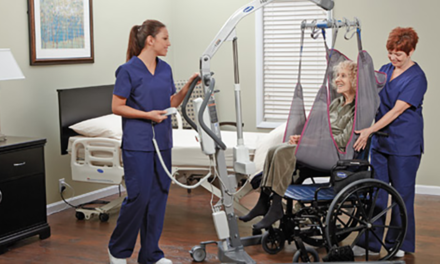As the senior living landscape evolves, the need to reimagine what senior living buildings look and feel like is more urgent than ever. Baby boomers are entering these spaces with new expectations, increased awareness, and a desire for greater control over how they live, connect, and thrive. To remain relevant and effective, senior living operators must embrace human-centered design and develop communities that support holistic wellness, independence, and purpose.
Why baby boomers aren’t moving in
For decades, the industry has anticipated the arrival of baby boomers. And many communities are still waiting. COVID-19, rising construction costs, labor challenges and interest rates present real barriers, but the deeper issue remains clear:
Baby boomers aren’t satisfied with what’s currently being offered.
Boomers, and Generation X ,are redefining aging. They don’t view senior housing as a last resort. Instead, they seek vibrant lifestyles with meaningful experiences. If we as an industry keep building and designing for what worked for generations past, we risk alienating a generation that thinks differently. Instead, we need to value what our new audience values: independence and aspirational living.
Moving from need-based to aspirational living
Historically, seniors have transitioned into senior housing following a crisis: a health event, isolation, or loss of support. But what if we flipped that model? What if seniors chose to enter communities earlier, healthier, and enthusiastic about their future?
This requires rethinking our value proposition as an industry. Instead of marketing communities as safe havens, present them as places for growth, where discreet technology supports proactive care, individuals pursue their passions, and personalized wellness plans promote health span, not just lifespan.
“People deserve dignity as they age. We need to shift the narrative.”
– Gaurie Rodman (Vice President – Real Estate Strategy and Development)
Designing communities for wellness and joy
From culinary experiences to virtual travel and social engagement, expectations for senior housing are higher than ever. Communities must evolve beyond simply providing care. They need to become cultural hubs, wellness centers, and social connectors that focus on holistic wellness, including:
- Effective, discreet physical health support
- Emotional wellness through meaningful social connection
- Cognitive engagement through purposeful activities
- Purpose-driven opportunities to inspire individuals daily
All of this must be integrated into environments that don’t feel like “nursing homes” of the past. Human-centric design should be intuitive, inclusive, and dignified, reflecting the lifestyle baby boomers want.
Gaurie Rodman
Vice President - Real Estate Strategy and Development
“It doesn’t have to be the Taj Mahal of the world, but we can take the 40-year-old building in the heart of a community and actually looking at it with the right lens, transform it to serve the community that it’s trying to serve.”
Leveraging technology and innovation to meet shifting needs
To meet evolving consumer expectations while addressing operational and staffing challenges, operators must lean into technology, innovation, robotics, and AI. Embedded, invisible healthcare systems, predictive monitoring, and digital engagement tools can preserve dignity while proactively supporting health. Robotics and automation can help ease staffing pressures, while AI can anticipate resident needs and connect them with services, experiences, and community members in real time.
Erin Berry
Senior Director of Interior Design, Aptura
“We need to make sure all the pillars, including health, wellness, affinity-based living, and meaningful experiences, align in the same community. Embedded technology and invisible healthcare should be the standard and a given in creating vibrant, purposeful living.”
This approach not only enhances the resident experience but also enables the development of consumer-aligned, affordable housing models, ensuring communities remain accessible and competitive in a changing market.
Time for a new narrative
By listening deeply, designing with empathy, and building with purpose, we can create remarkable communities accessible at every income level. This new generation wants environments that feel like home and honor both independence and community.
The future of senior care depends on operators reframing the approach to human-centric design. That future begins today. The most successful operators will lean into their community’s unique strengths to transform operating models, meeting consumers where they are and delivering what they truly value.






